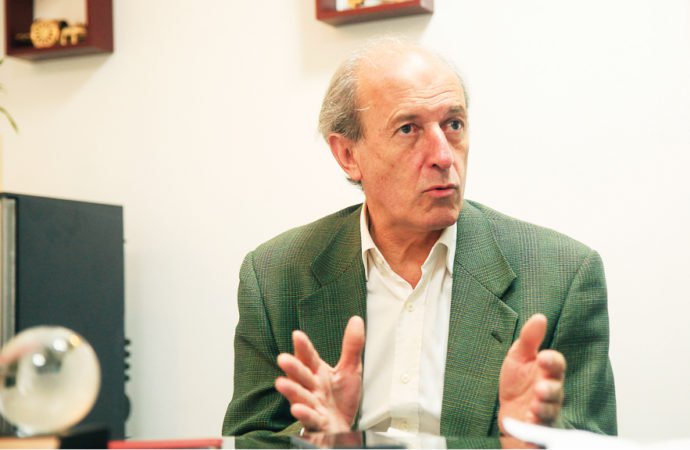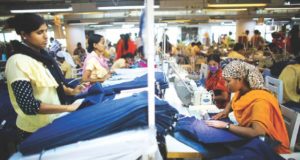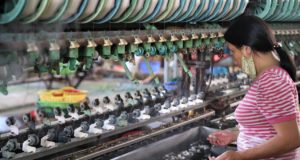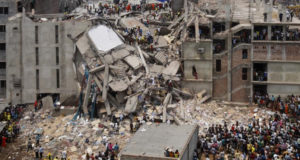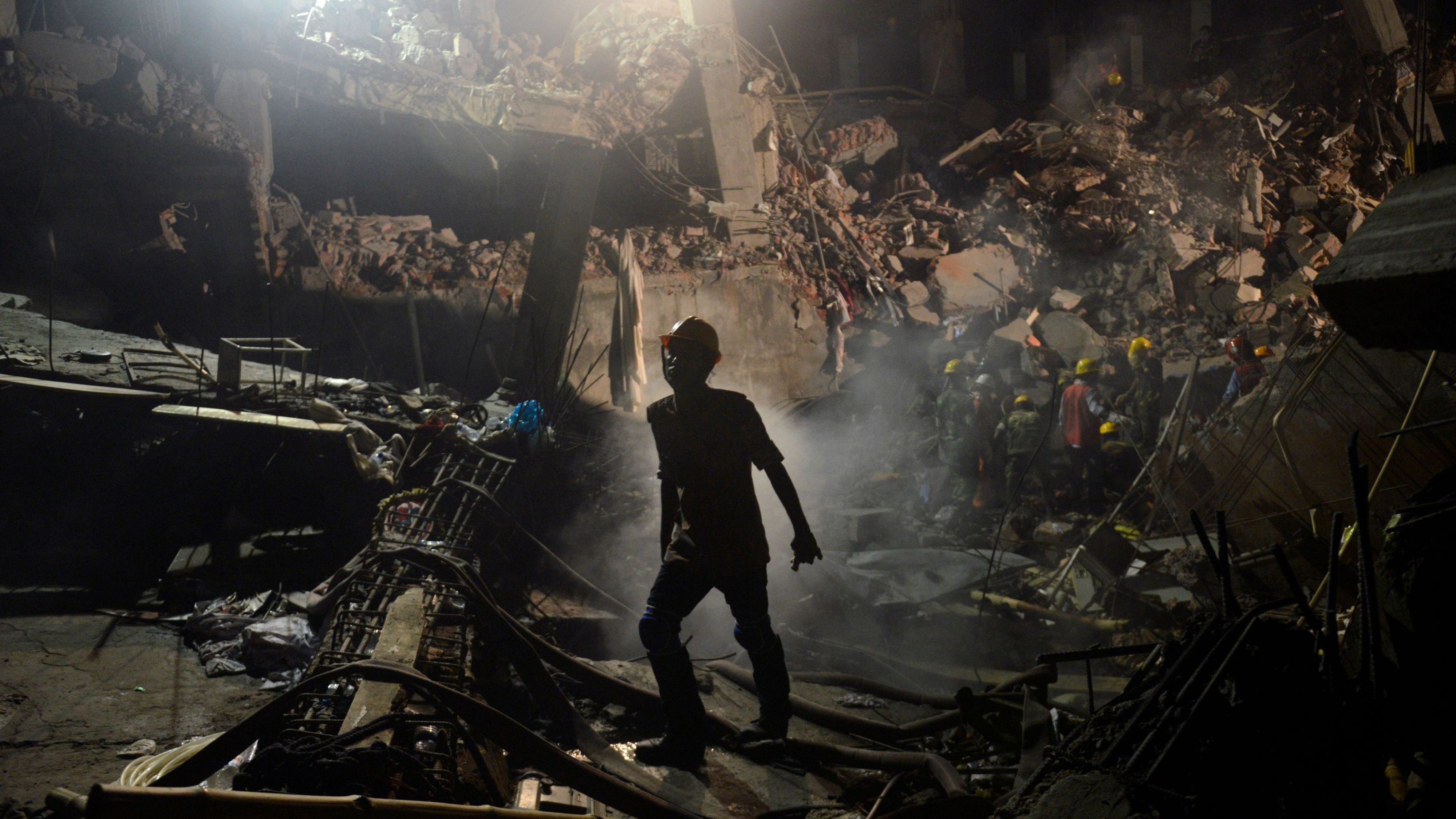Published in the Dhaka Tribune on July 23, 2017
Ibrahim Hossain Ovi
Speaking to the Dhaka Tribune’s Ibrahim Hossain Ovi, Chief Economist for South Asia Region of the World Bank Martin Rama discusses Dhaka’s unique opportunity to transform itself by well-planned expansion east of the Balu River
How can Bangladesh attract more Foreign Direct Investment (FDI) when private sector investment has only seen very slow growth?
What brings FDI is the opportunities a country provides. The fact that Bangladesh has been doing so well with ready made garments (RMG) but has had difficulty expanding beyond that could be partly related to the business environment, the ease of doing business. This is also related to logistics and logistical cost. A place that is too congested, that does not have good infrastructure may not attract investors because you lose a lot of money just getting things going.
From that perspective, if you think of a corridor to Chittagong from east Dhaka over the Padma Bridge then Dhaka will have a very good connection towards the west of the country. In a way Dhaka is the hub of Bangladesh and having a functional hub can be a way to attract FDI.
Think of different scenarios for east Dhaka. For example, you can have a scenario where east Dhaka is very much like west Dhaka and you do the same thing, put in people until there is no more space left, that is unlikely to attract much FDI. You will have factories, you will have shops but you will not be a very attractive place.
Now you can really develop east Dhaka much better than west Dhaka. That is a place where you can build high quality services such as universities, hospitals, schools and IT and that will be much more attractive for FDI.
Which sectors can attract FDI in Bangladesh?
What you will expect from the stage of development Bangladesh is in, to move towards other light manufacturing jobs. The candidates for foreign direct investment are pharmaceuticals, shipbuilding and appliances.
The experience of South East Asia’s development was that these were the next thing that came after garments, but poor logistics and difficulty of doing business is making it difficult here. Again, good development of Dhaka could change that dramatically.
If the logistics and the business environment are conducive, you can take advantage of the fact that there are many investors who are looking for places that have a good labour force and Bangladesh has a good reputation
Bangladesh’s export earning is starting to decline. Do you see an export opportunity to the South Asian markets?
Bangladesh is on the road between India and South East Asia (Asean) which are two of the most dynamic markets in the world. That opens up an enormous opportunity. There is also the fact that western economies are starting to recover from the recession and Bangladesh’s exports are concentrated in Europe and US, that should help.
If the logistics and the business environment are conducive, you can take advantage of the fact that there are many investors who are looking for places that have a good labour force and Bangladesh has a good reputation. It also does not have a high labour cost. So if the logistics and business environment can be addressed I am confident Bangladesh can get a lot of investment from the Japanese and the Chinese.
Since old Dhaka is on the banks of the Buriganga River, how can Dhaka use river transport to ease the traffic on the roads?
Rivers are very important in Bangladesh and Dhaka has so many rivers, those rivers have challenges as they are already half dead. But navigation could be improved and a viable connection made to Chittagong.
You see now, Industrial and Export Processing Zones (EPZs) are being developed in places where you can directly be on the river. The connectivity to Kolkata will happen with Padma Bridge which will give an enormous dynamism to that area.
Since Bangladesh is moving into being a middle income country what should be the focus on increasing the GDP?
You can think about this in several ways. You can think about it in terms of sectors like how do you move out of mainly RMGs to other things as well, and that is important and that would require improvements in the business environment but you can also think of it spatially – growth happens in cities.
When some one moves from the countryside, from being a farmer to working in a city, there is a gain. That person gains higher earnings, and the country also gets higher productivity. Successful urbanization is very important for the growth of Bangladesh.
When you look at the size of Dhaka relative to Bangladesh, to me the success of Bangladesh is very much dependent on the success of Dhaka. So being strategic in making Dhaka a much better city is a priority.
Two things that are very important to Bangladesh, exports and migrant workers, both have slowed in growth recently. What do you think Bangladesh should do to revive or refocus our energies?
The prospect of exporting labour depends on the economic situation of what happens in Gulf countries and things like fuel prices. These are things that are beyond the control of Bangladesh. You can be sad if opportunities decline but what is under the control of Bangladesh is having vibrant job creation in Bangladesh. You can cope with reduction of opportunity in gulf, if you have job creation in Bangladesh and jobs are created in cities, so job creation in cities should be a top priority.
 CPD RMG Study Stitching a better future for Bangladesh
CPD RMG Study Stitching a better future for Bangladesh
